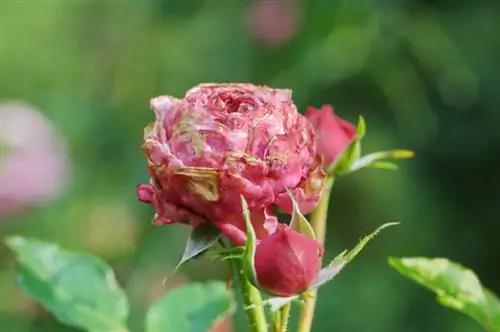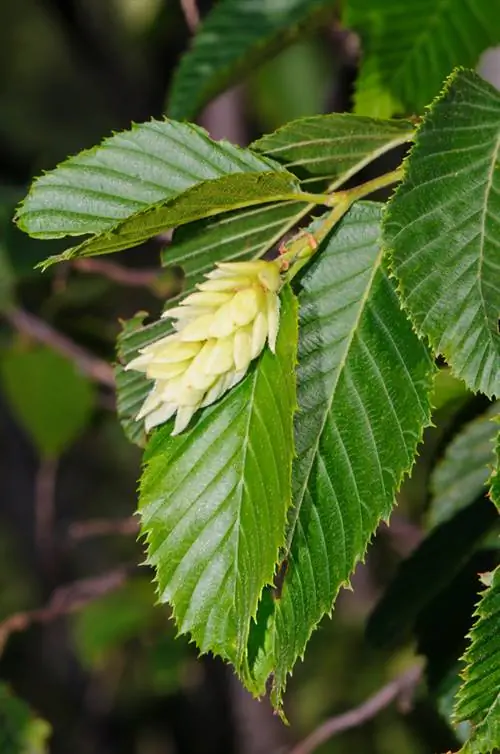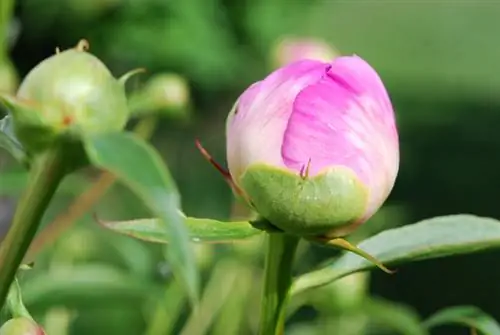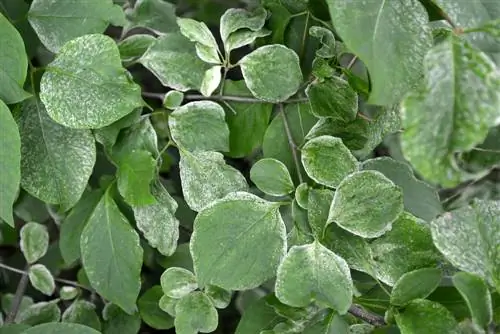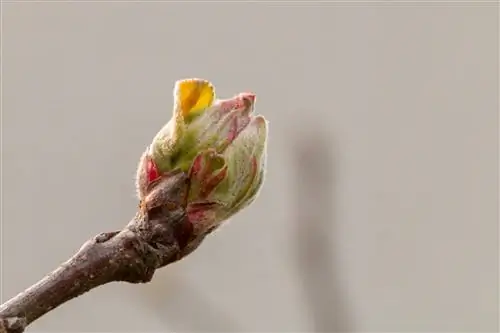- Author admin [email protected].
- Public 2023-12-16 16:46.
- Last modified 2025-01-23 11:20.
For a rose lover, there is hardly anything more annoying than the failure of a rose to bloom. Months of work and loving care - and then the flowering that rewards all the effort fails to materialize or occurs only very poorly. There are various causes for this, which could include a fungus, a virus or even harmful insects. We have put together the most common reasons for missing or stunted flowers in this article.
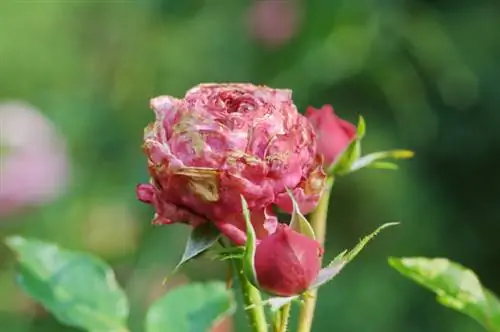
What diseases can affect rosebuds?
Rose diseases that affect buds can be caused by fungal infections such as gray mold (Botrytis) or powdery mildew. An infestation of thrips, tiny black fringe-winged insects, also leads to misshapen and stunted flowers. Countermeasures include vigorous pruning and, if necessary, a change of location.
Fungal diseases
Fungal diseases are very common in many roses; they usually occur due to careless care, weather that is too humid or too hot, or an unsuitable location. Many fungal pathogens prefer to attack the leaves, but can also spread to shoots and even flowers. Once this happens, it is usually an advanced stage of the disease.
Grey mold (Botrytis)
Gray mold (often referred to as “Botrytis” after its pathogen), when it affects roses, is also known as “stem and flower rot” for good reason. This disease only occurs in summers with very high humidity and is evident in the grayish fungal growth on leaves, buds and young shoots. In addition, these parts of the plant form brown, dry spots - affected buds and flowers often appear as if they have dried out. If this disease breaks out, the only solution is a radical cut back to he althy wood - the buds and flowers can no longer be saved anyway. Under no circumstances should you throw the clippings into the compost; instead, dispose of them with household waste. Also avoid over-fertilization, especially with nitrogen, as this promotes colonization with the Botrytis fungus.
Powdery mildew
Powdery mildew also occurs primarily in warm and humid summers and is primarily favored by incorrect choice of location. An infestation initially appears on the leaves, but in an advanced stage it spreads to the shoots and buds of the rose. Infected plant parts continue to grow, but look very deformed. Buds don't open. Here too, only vigorous pruning and good ventilation of the rose will help; if necessary, you should plant it in a new location. Sensitive rose varieties can be sprayed preventatively with plant strengtheners (€83.00 on Amazon).
Tip
If the rose buds are initially he althy but unusually shaped and quite thick, but ultimately only a small and stunted flower grows from them, then an infestation with thrips is often the cause. These are tiny black fringed wings that prefer to colonize he althy flowers and buds. Many flowers of a rose can be affected, but also just a few.

